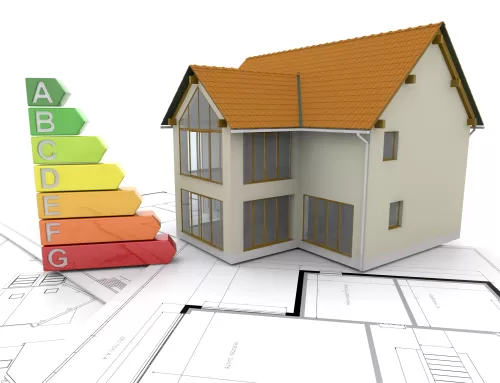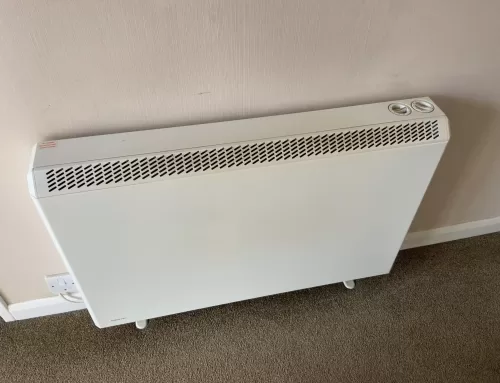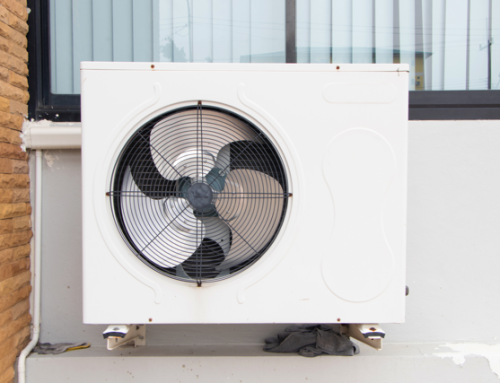What are the Key Energy Performance Certificate Components?
Introduction
Our guide to the key Energy Performance Certificate components will help you to learn about the energy efficiency rating, improvement recommendations, estimated energy costs, and environmental impact of your property as shown on your EPC. It can help you to make informed decisions to reduce your carbon footprint, energy costs and embrace sustainability efforts.
Energy Efficiency Rating:
The Energy Performance Certificate provides an energy efficiency rating, from A 100 (best) to G 1 (worst) which indicates the property’s overall energy performance. The better the rating and score, the lower your energy bills are likely to be. This helps prospective buyers or tenants understand the energy costs associated with the property. The Energy Performance Certificate graph also shows the potential rating should any recommended energy improvement measures be installed.
For properties in England and Wales:
- the average energy rating is D
- the average energy score is 60


Changes You Could Make:
The Energy Performance Certificate assessment includes recommendations to enhance the property’s energy efficiency. These suggestions are generated by the RdSAP software based on data collected during the assessment process. They may range from simple measures like replacing light bulbs or adding draft proofing, to more significant investments such as upgrading insulation or installing renewable energy systems.
Estimated Energy Costs:
The Energy Performance Certificate assessment produces the primary energy use for the building shown as kilowatt hours per square metre (kWh/m2). Primary energy use is a measure of the energy required for lighting, heating and hot water in a property. The calculation includes:
- the efficiency of the property’s heating system
- power station efficiency for electricity
- the energy used to produce the fuel and deliver it to the property
The report will show the average energy costs for the type of property based on standard occupancy levels, it will also show the potential cost savings for the property. It is important to note that these are estimates only and actual usage and savings will vary based on the occupants behaviour.
The estimated energy required for the property is also shown in kWh per year for heating and hot water.
Environmental Impact:
The Energy Performance Certificate highlights the property’s environmental impact by calculating its carbon dioxide (CO2) emissions. Properties get a rating from A (best) to G (worst) on how much carbon dioxide (CO2) they produce each year.
These ratings are based on assumptions about average occupancy and energy use for similar property types. It is important to note that peoples lifestyles and property occupancy levels will use different amounts of energy. Therefore the actual energy use may not reflect the figures on the EPC.
This information can be used by individuals and businesses who aiming to reduce their carbon footprint.
Need to Book your Domestic Energy Performance Certificate?
Click below to complete the payment and we will be in touch to confirm your appointment.
Remember to select ‘next day delivery’ at the checkout to ensure that you receive your Energy Performance Certificate within one working day after your assessment.
You can check if your property already has a valid Energy Performance Certificate using the governments EPC website







